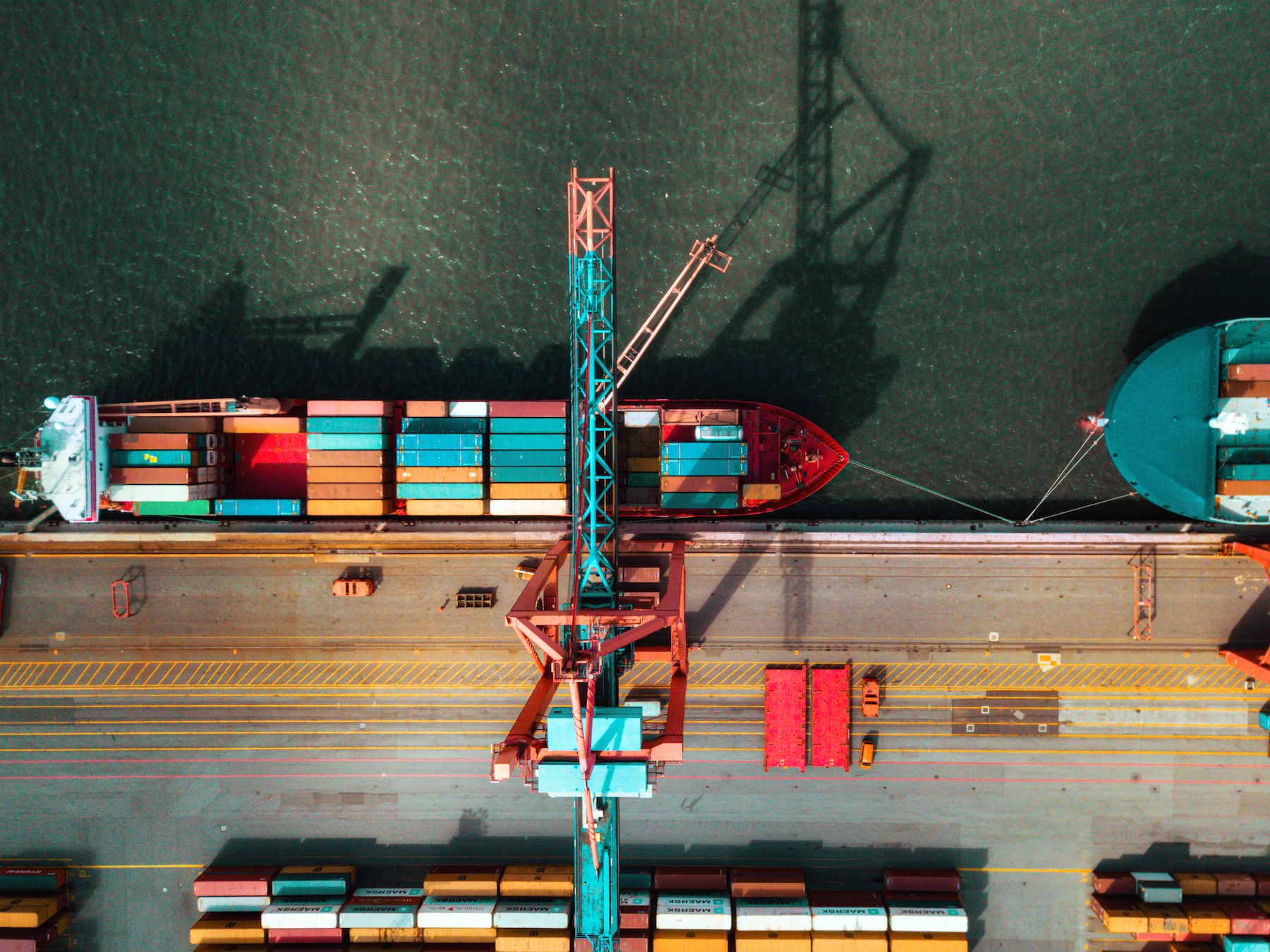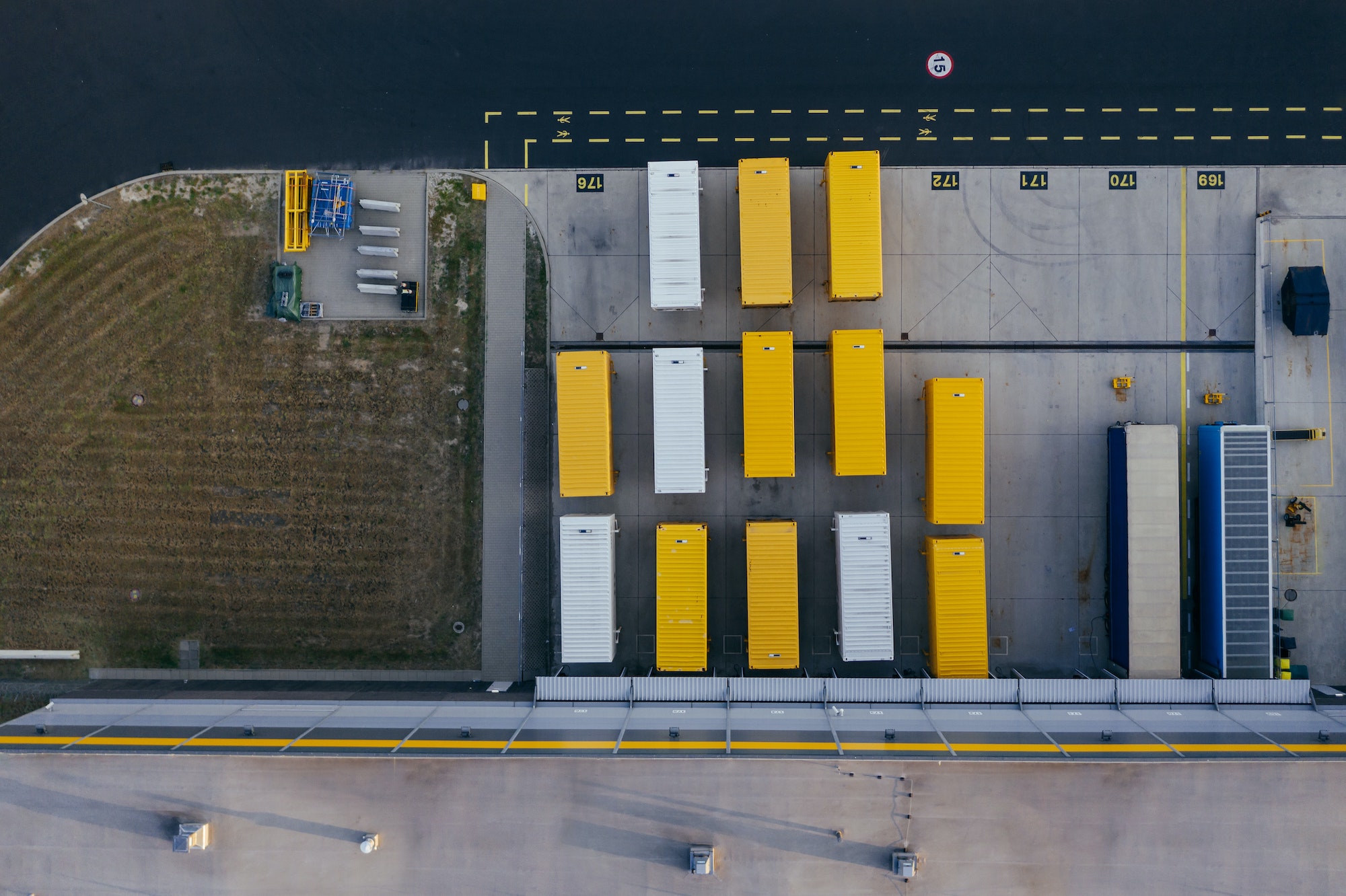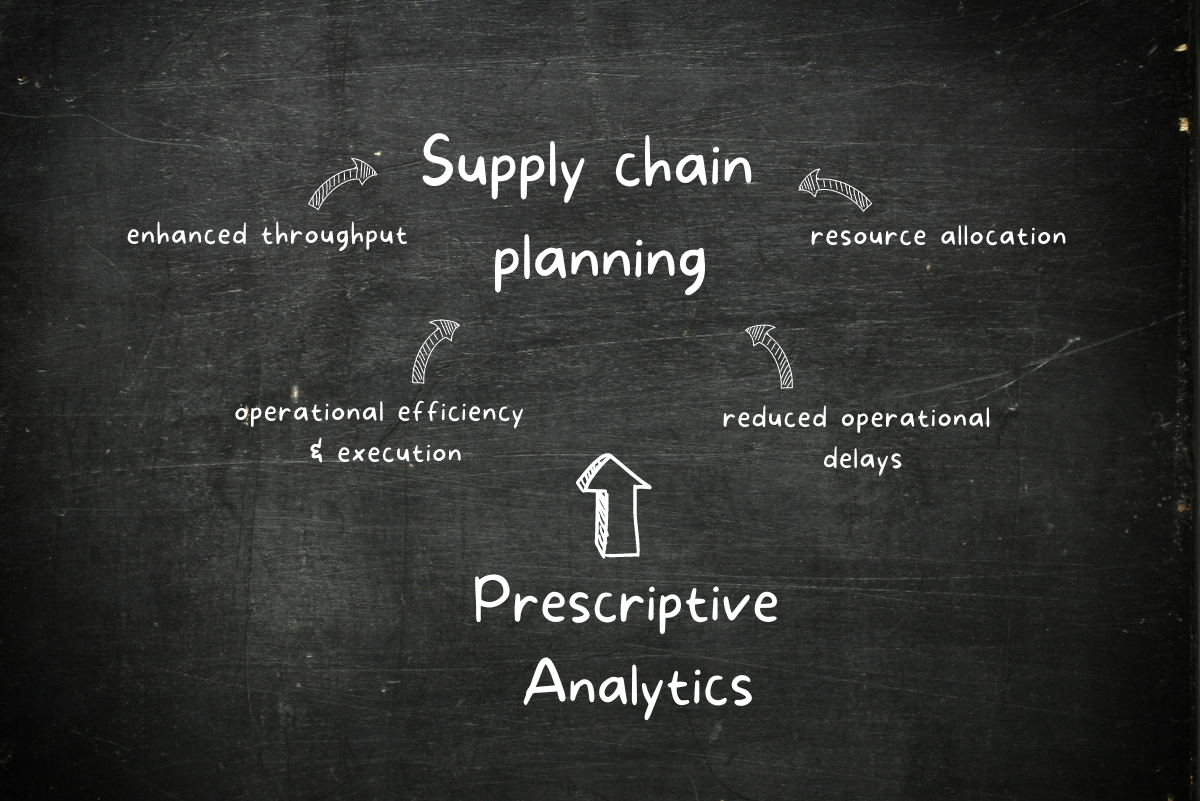![]()
About Tata iQ
Tata iQ, a division of Tata Industries Limited, offers multi-sectoral advanced analytics, data engineering capabilities and solutions to over 25 large Tata Group Companies. Tata iQ’s customer, a large steel manufacturer, was looking to optimize inbound and outbound logistics and chose AIMMS to develop a suite of tailored optimization models.
Problem
The steel manufacturer is based in India and imports raw material from various parts of the world. Some of these materials come from as far away as Canada and Australia. They are transported from different ports using ocean vessels. One they arrive, they might be transported to plants and stockyards by rail or coastal vessels. There is a lot of complexity involved in this logistics operation. For instance, vessels may need to discharge in multiple ports and have strict deadlines to meet customer service levels. Sometimes rail transport is not available, so they need to transport these materials to another discharge port, using coastal vessels. All the while, they have to consider stockyard capacity constraints and plant inventory requirements, among other variables.
Once finished goods are manufactured, the company has to solve a complex outbound logistics puzzle. Different mills at different locations produce a variety of products. These goods are transported across all of India and can be sent to customers directly or may need to be stored between nodes of transport. Some customers have limited storage capacity. Others have strict demand requirements that require delivery within 24 hours. This makes inventory holding particularly important for the steel company.
Tata iQ was tasked with developing a solution to plan inbound logistics and inventory at a bi-weekly level, aiming to reduce costs. They were also asked to develop a network optimization model that would minimize total outbound logistics costs, while meeting target service levels.
Solution
Using AIMMS, Tata iQ developed a suite of optimization models for logistics, inventory and consumption planning. The models were deployed as end user applications on the AIMMS platform. Planners input data using AIMMS’ friendly web UI.
The inbound logistics application provides a detailed schedule for vessels, rail and coastal transport, as well as an inventory plan for plants and port stockyards. The steel company’s team can also export reports to Excel and a Tableau dashboard using the AIMMS-based tool. The optimization models run the entire year, providing crucial recommendations on the amount of cape vessels required, loading points, and how much product to transport.
On the outbound logistics side, the steel manufacturer now has an AIMMS-based application that selects the optimal stockyard to hold inventory in order to serve customers. This solution creates millions of possible logistics and production plan combinations and provides an optimized network design. It is also used to plan routes that minimize travel distances and costs.
Each application took between 3-4 months to build, including business understanding, design and development, deployment and testing.
Results
With their AIMMS-based optimization apps, the company was able to greatly reduce the amount of time needed to deliver a logistics plan. Detailed reports provide visibility on inventory status and costs, helping them identify major bottlenecks. Inventory and logistics costs were reduced by 1-2%.
The applications were especially useful during the COVID-19 outbreak, at they empowered the planning team to test new rules and assess the optimal way to respond to disruptions. For instance, they were able to model what-if scenarios to open and close stockyards, and shift between modes of transport as capacity issues emerged.
The results in a nutshell
-
1-2% reduction in logistics and inventory costs
-
High service levels
-
Less time required for planning
-
Better adaptability and flexibility to respond to disruptions





